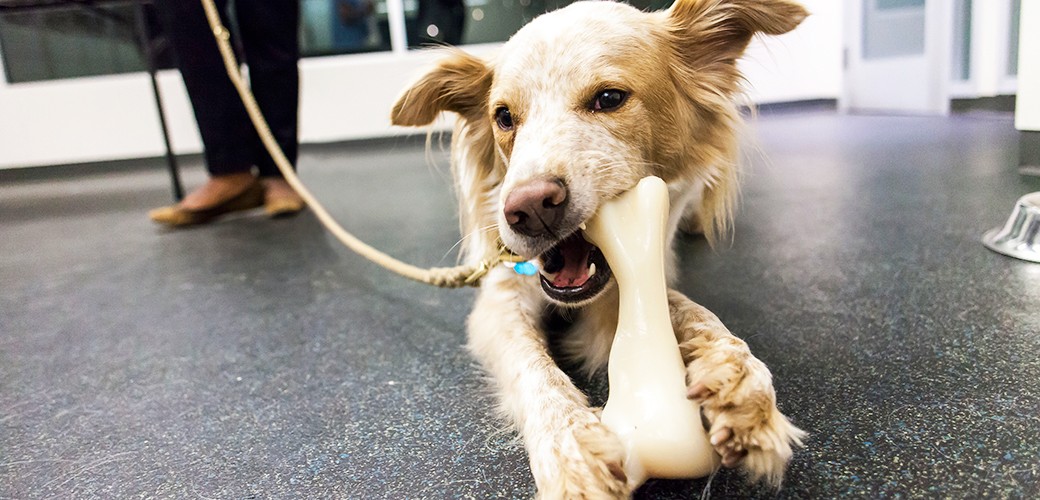There are some things you can do to help your dog learn not to chew. These include establishing rules, using sprays and repellents, and tossing treats. If you do these things right, your dog will not only learn to not chew, but will also be able to learn how to behave properly.
Preventing plaque build-up and gum disease
If you have a dog, you know that dental care is essential to its overall health. Without proper care, teeth can break off or cause major problems.
Plaque and tartar build up are common issues for dogs. While these diseases are a real health concern, they are preventable. A few simple steps can help you keep your pooch’s teeth clean and healthy.
The first step is to brush your dog’s teeth. Regular brushing will remove plaque and tartar. You can use a special dental comb, toothbrush, or mouthwash designed for dogs. It’s also a good idea to buy a chew toy that will help scrape away tartar.
Gum disease is a serious issue that can affect the whole body. It causes inflammation of the gums, which can lead to bone and soft tissue damage. It can also contribute to systemic diseases such as heart disease and diabetes.
The second step is to feed your dog a nutritious diet. High-quality dog food can help prevent plaque and tartar from forming. For the best results, choose a diet with a high level of protein and low carbohydrates.
Treat-tossing gestures
If you are looking for the perfect way to train your dog not to chew on your furniture, you may want to consider using treat-tossing gestures. Dogs are naturally curious about their surroundings, and they will likely respond to a hand gesture that they can read.
One of the best treat-tossing gestures to teach your dog not to chew on your furniture is to put a treat on your arm and swing it upward. Then follow it up with a “down” command. A dog will quickly learn that the down command is accompanied by a treat.
Other treat-tossing gestures to train your dog not to chew on your furnishings include rolling around a toy, waving your arm around, and throwing a toy. These actions will not only keep your dog from chewing on your sofa, but they will also encourage your dog to eat healthy treats.
To teach your dog the most important dog training lesson, try a new visual signal and see how well it works. For example, if your dog is sitting in front of you, try sweeping your arm up over its head. You can then praise and reward your dog for doing the right thing.
Sprays and repellents
If your dog is chewing furniture or other objects, sprays and repellents can help. These are safe for your pet and the environment. Some can help stop destructive behavior while others can deter barking and jumping.
The best sprays and repellents for dogs will make your pets taste a certain substance before they’re allowed to eat or chew it. Some taste deterrents are hot, spicy, or sour. They take advantage of your pet’s dislike of these tastes and retrain them to stay away from the object.
One of the most common smells used in dog sprays is bitter. This is because it is unpleasant to taste, and it is associated with pain. Dogs are sensitive to the smell of this bitter taste, so they aren’t going to want to eat or chew a sprayed item.
A bitter spray can be a great way to deter chewing on a chair, a table, or any other household item. You can use this spray directly on a cotton ball and apply it to the area your dog is chewing on.
Rule setting
There are many things you can do to help prevent your dog from chewing. It’s important to learn the reasons for your dog’s chewing and to teach your pet appropriate chew toys. This will help your dog keep his teeth clean and strong.
Chewing can be a natural way to relieve stress, but it can also be a destructive activity. To discourage your dog from chewing, try a few easy steps.
First, keep any objects that are potentially dangerous out of reach. This includes medications and cleaning supplies. These can be harmful to your dog and can cause serious injuries.
Next, you should make sure your dog has access to a crate or another safe area. You should not allow your dog to be confined for more than six hours. Some dogs can be especially prone to tearing and shaking.
If your dog is bored, it may chew on things that don’t belong to him. This can be a very effective way to distract and entertain your dog.








